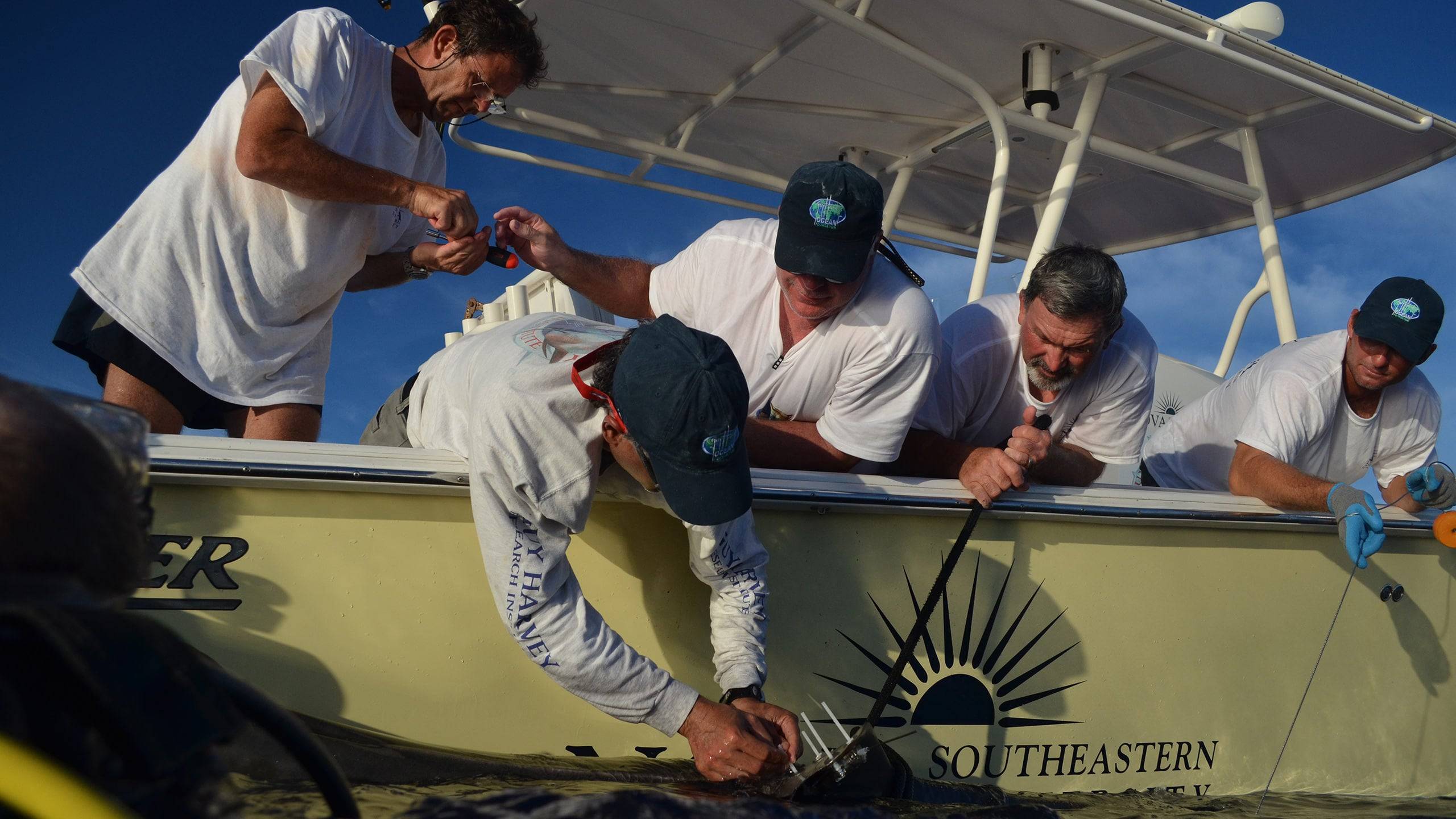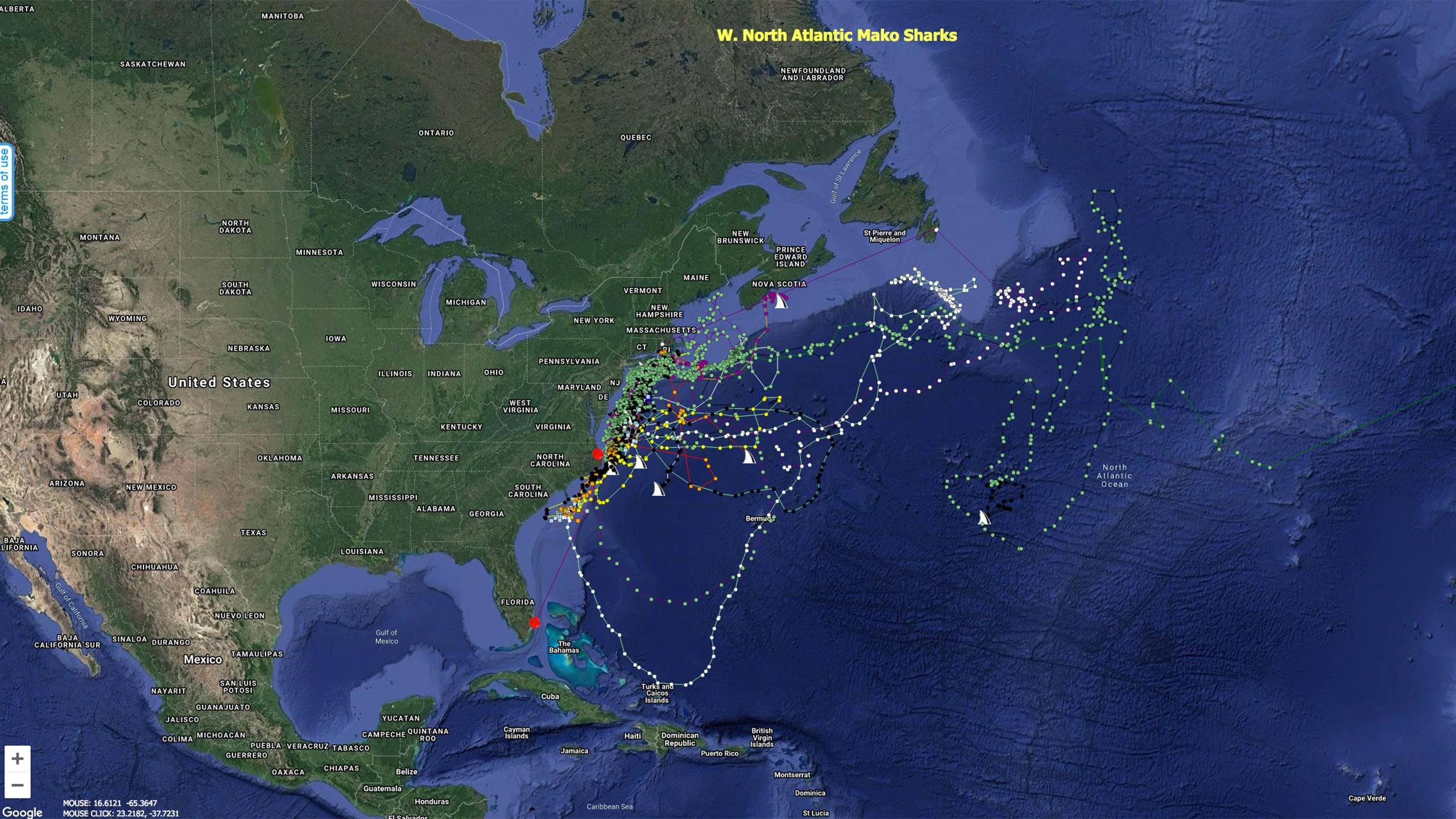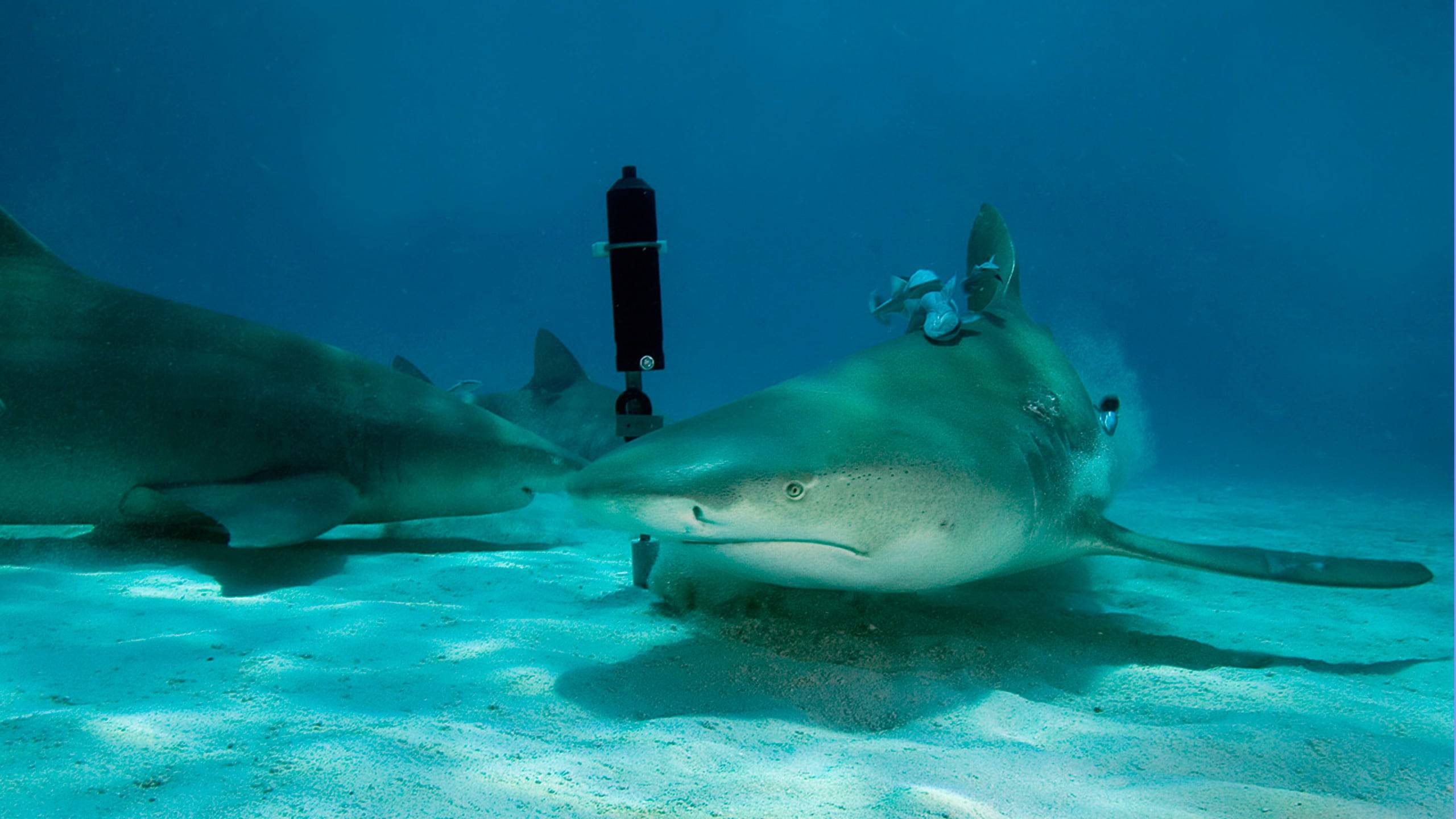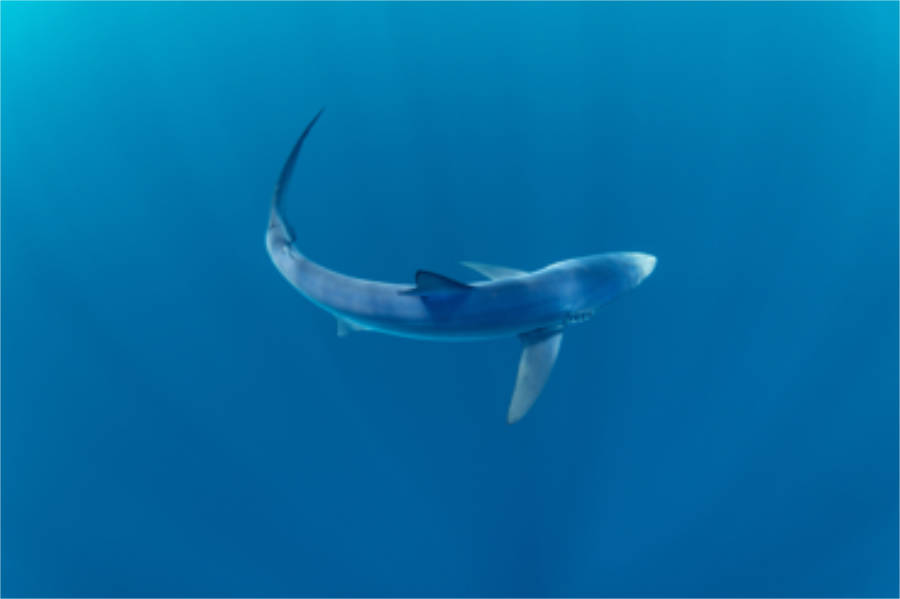Short Project: The blue shark Prionace glauca is the most commonly caught species of shark globally, with a recent estimate of around 10M blue sharks caught annually. This project will identify global genetic structure of blue shark populations and potential specific structuring within the North Atlantic, which has been identified as the most at-threat subpopulation.
Blue shark
Photo © Gonzalo Araujo / Mareco
Background
The blue shark is the most commonly caught species of shark globally, with recent estimates of ~10M individuals caught annually. The species is globally assessed as Near Threatened, but in the North Atlantic the species is inferred as Endangered having sustained population declines of 54% in the last three generations. These numbers are in line with a Mediterrenean assessment that concluded that the species was Critically Endangered there due to population delcines of >90%. The blue shark comes under the management of Regional Fisheries Management Organisations (RFMOs) given their interactions with pelagic tuna and billfish fisheries.
Given that the species is globally distributed in tropical and temperate waters, and likely the most globally distributed species of shark, regional population declines are thought to balance out from healthier stocks. However, recent evidence suggests the blue shark might indeed have some population sub-structuring geographically, which has raised questions about the sustainability of fisheries within threatened stocks (mainly the North and South Atlantic stocks). Our work will build on this recent study, by employing novel genomics from regions not previously covered with the goal of determining this population sub-structuring in detail in order to inform the species management. This should provide RFMOs with the evidence needed to determine regional limits or bans relevant to the species status and ecology.
Objectives
The objectives are to:
- Conduct a global assessment of blue shark genetic population structuring to identify management units
- Investigate blue shark genetic structuring in the North Atlantics
- Provide recommendations for fisheries management by identifying candidate blue shark management units
Six new sample areas will be added to this global survey: (1) NW Indian Ocean (Oman), (2) NE Atlantic (UK), (3) NW Atlantic (USA & Canada), (4) SW Atlantic (Argentina & Uruguay), (5) SE Pacific (Ecuador), (6) NW Pacific (Taiwan).
Project Status
The Shark Foundation is partially funding this project. Sample collection has already been started and progresses. Samples from the collaborators will be sent to and specifically analyzed by the genomics facility of the Diversity Arrays Technology (DArT, Australia) lab.
Administrative Details
Project Status: in progress since 2023
Project leader: Gonzalo Araujo, PHD
Funding Funding since 2023: approx. CHF 8,000







